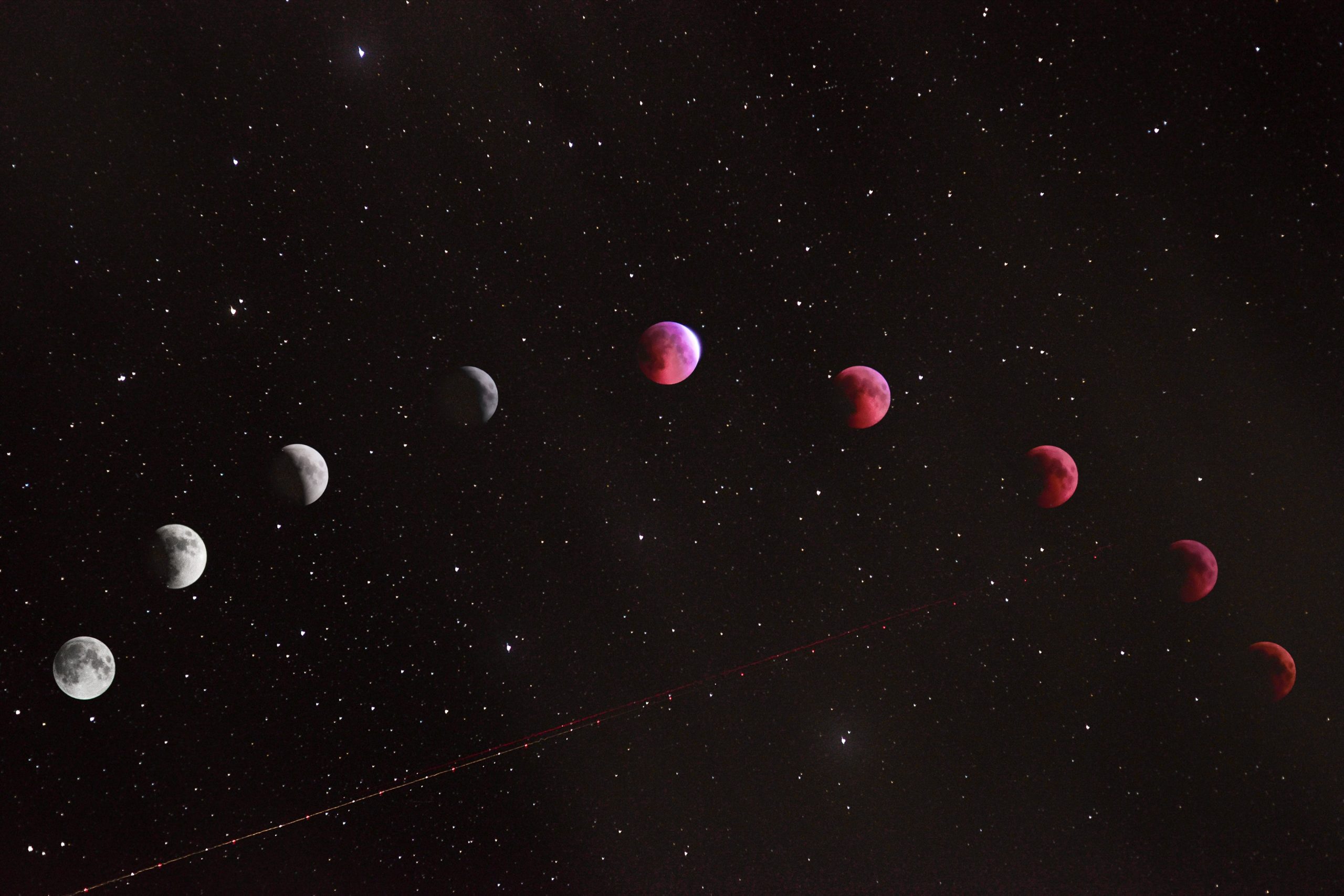How Does the Moon Orbit the Earth and Sun?
The moon has fascinated humans for centuries. Its gentle glow and mysterious presence in the night sky have inspired countless myths, stories, and scientific inquiries. But have you ever wondered how this celestial object revolves around the Earth and the Sun? In this blog post, we’ll explore the intricate dance of the moon as it orbits our planet and follows the gravitational pull of the sun.
The Moon’s Orbit: A Basic Overview
First, let’s understand the mechanics of the moon’s orbit. The moon doesn’t move in a perfect circle around the Earth, but instead, it follows an elliptical path. This means that its distance from the Earth varies throughout its orbit. At its closest point, known as the perigee, the moon is approximately 363,000 kilometers away from us. At its farthest point, called the apogee, it reaches a distance of around 405,000 kilometers.
The moon’s orbit is not fixed in space either; it gradually shifts over time due to various factors, including planetary interactions and tidal forces from both the Earth and the Sun. This phenomenon is known as lunar precession.
Gravity and the Moon
Gravity is the force that keeps the moon in its orbit around the Earth. Every object with mass exerts gravitational pull on other objects. The more massive an object, the stronger its gravitational force. In the case of the moon, its mass is around 1.2% of the Earth’s mass. Therefore, the Earth’s gravitational force dominates and holds the moon in its orbit.
The force of gravity pulls the moon towards the Earth, attempting to bring it crashing down. However, the moon’s motion has a forward velocity that balances out this gravitational pull. As a result, the moon continues to fall towards the Earth but never actually reaches it, resulting in a curved path, otherwise known as an orbit.
Tidal Effects on the Moon’s Orbit
The gravitational force of the moon also affects the Earth. It creates tidal bulges, causing the rise and fall of ocean tides. However, the Earth’s gravitational pull isn’t the only factor affecting the moon. Sunlight also plays a significant role in shaping the moon’s orbit.
The moon’s orbit around the Earth is influenced by both the Earth’s gravity and the Sun’s gravity. While the Earth’s gravitational pull is stronger, the Sun’s gravity also exerts tidal forces on the moon. These tidal forces cause slight variations in the moon’s orbital parameters.
The gravitational interaction between the Earth and the Sun introduces perturbations, or irregularities in the moon’s orbit. For instance, during a full moon or a new moon, when the Earth, moon, and Sun are aligned, their gravitational forces reinforce each other, resulting in stronger tides known as spring tides.
Conversely, during the moon’s first and third quarters, when the moon and Sun form a right angle with the Earth, the gravitational forces are in opposition, leading to weaker tides known as neap tides. These tidal forces from both the Earth and Sun act as a complicating factor, making the moon’s orbit around the Earth more complex than a simple ellipse.
Moon’s Orbit around the Sun
While the moon primarily revolves around the Earth, it also travels on a path around the Sun. The moon’s orbit around the Sun takes approximately 27.3 days to complete, which closely corresponds to its sidereal period – the time it takes to complete one orbit around the Earth relative to distant stars.
As the Earth orbits the Sun, the moon’s motion interacts with this orbital movement, producing various lunar phases observed from Earth. These lunar phases result from the sunlight falling on different areas of the moon as it orbits around the Earth and the Earth orbits around the Sun.
The moon’s path around the Sun is not a perfect circle either; it follows an elliptical orbit similar to its orbit around the Earth. This elliptical shape, combined with the Earth’s movement around the Sun, influences the moon’s proximity to the Sun during its orbit.
In Conclusion
The moon’s orbit around the Earth and the Sun is a complex dance between gravitational forces and the influence of tidal effects. The Earth’s gravity primarily keeps the moon in its orbit, while the Sun’s gravity introduces perturbations that shape the moon’s path. Understanding the intricacies of the moon’s orbit enhances our appreciation for this celestial body and the marvelous celestial mechanics that govern our universe.
Next time you gaze up at the moon, remember its remarkable journey around the Earth and the Sun. The moon’s path through space is a testament to the profound beauty and harmony of our cosmic neighborhood.
Table of Contents
